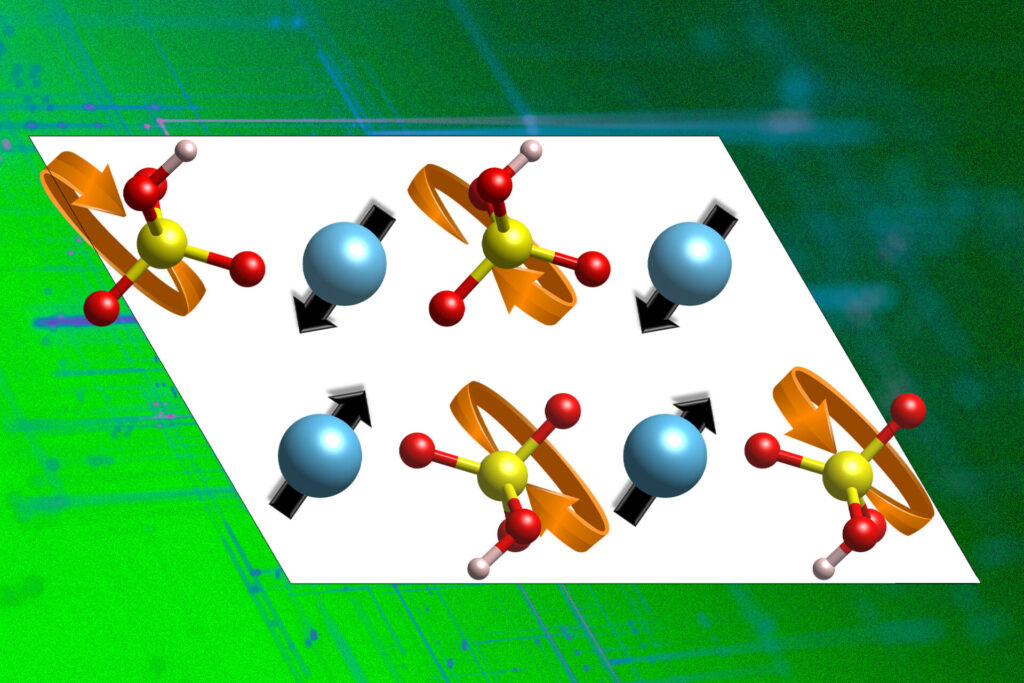Meta’s New Llama 3.1 AI Model Is Free, Powerful, and Risky
The newest version of Llama will make AI more accessible and customizable, but it will also stir up debate around the potential pitfalls of releasing AI without guardrails.
Meta’s New Llama 3.1 AI Model Is Free, Powerful, and Risky Read More »









